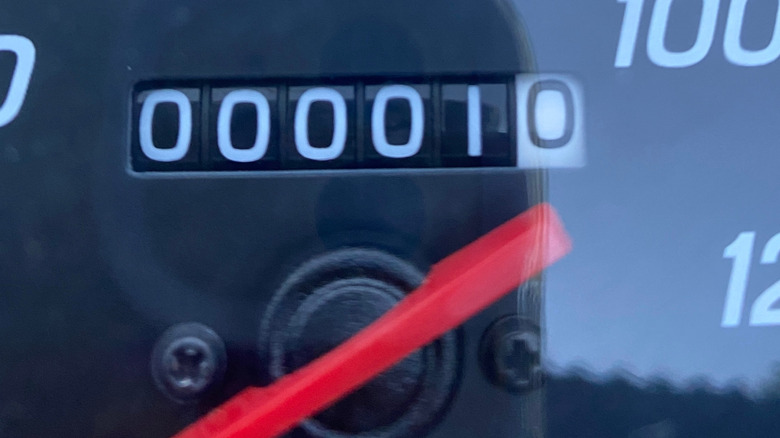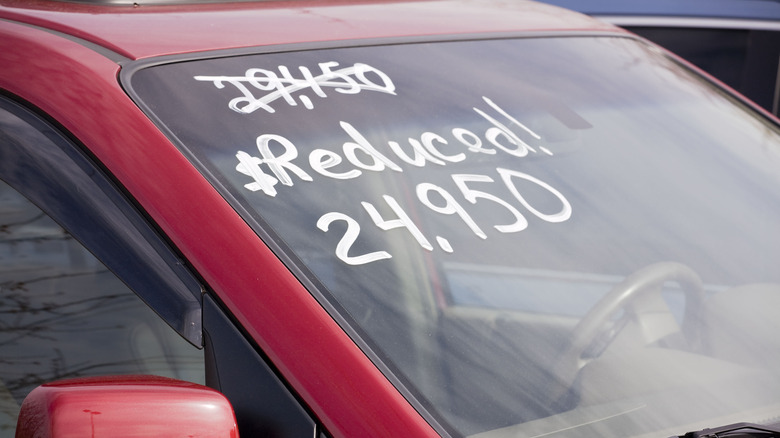Why Do New Cars Have Mileage? (And How Much Is Too Much?)
The idea of being the first owner of a car is appealing. Even knowing it will lose much of its value as soon as it is driven off the lot, there is nonetheless a sweetness to that new car smell, a certain pride in sliding behind that wheel, knowing your new car is unmarked, untouched, undriven... wait a minute, what are all those miles on the odometer? How did they get there?
Expectations do not always match reality. New cars, fresh from the factory, need to be moved from place to place, and while the bulk of this transport happens on dedicated, car-carrying trucks and ships, those cars still need to be moved a little. Then come the test drives, the movements around dealer lots and showrooms, and the fitment of parts and accessories specific to the local market.
While these movements only require the car be driven short distances, mileage has a devilish way of adding up. So how many miles is too many? Some new vehicles have a relatively straightforward delivery process, and it's not uncommon to see those cars turn out with only 10 or so miles on the clock. For any vehicle, up to 100 miles is unremarkable, while more than 200 miles on a new car should raise a questioning eyebrow.
Imported cars may have more miles
A locally manufactured car can go straight from the factory to the dealer, which, in the case of Tesla and Rivian, may even be the same company. A buyer can reasonably expect locally built cars to have fewer miles than an imported car, not only because a locally built car needs to be driven on and off fewer transporters, but because an import has more hoops to jump through — for example, meeting local emissions regulations.
To keep handling marks to a minimum, new vehicles come with all kinds of protective coverings, from fitted car covers to stickers and bags on panels, seats, visors, and displays — right down to a little plastic dot covering the reversing camera lens. These protective layers help protect the car's new look and feel while keeping dust, salt, and bugs at bay while in transit. Unfortunately, there's no such thing for the odometer. Even the shortest drives go on there.
Do those extra few miles really matter?
The professional drivers who deliver new cars to the dealership handle them with kid gloves — along with soft-soled shoes, and drawstring pants — so as not to leave a mark. The same cannot be said for the average buyer on a test drive, who might scuff the paint, scratch the interior, or do bad things that can harm a car's engine. You want your new engine to be gently broken-in, not broken!
Breaking-in means avoiding short trips — but short trips happen around car dealerships. The break-in period for an engine-powered vehicle is around 500 to 1000 miles, so it is possible for premature wear to occur in these first few miles. For electric vehicles, it is less of an issue: other than going easy on brakes and tyres, EVs don't require breaking in.
All wear and tear is cumulative, which is why demo models are sold at a lower price, and why car-buying experts recommend asking for a discount of 40 to 60 cents for every mile on the clock. Once your new car is registered, however, used car prices apply – and used car mileage is reckoned in thousands of miles, not hundreds. In the long term, those initial few miles will have little effect on resale value, as an average used car will depreciate roughly 20% every 20,000 miles. And when it comes to selling or trading, your car's age is just as important as its mileage.


